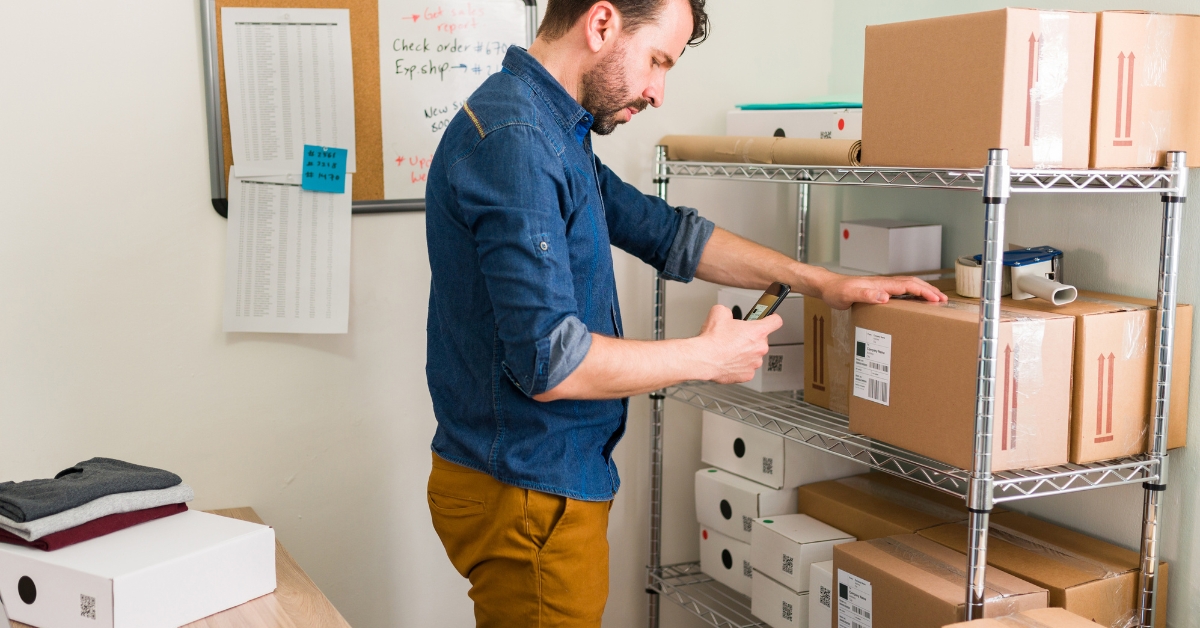Keeping daily essentials organized is a challenge for many people. Bags, keys, notebooks, or chargers can end up misplaced, leading to rushed mornings and unnecessary stress. Labeling your daily essentials does save time and lowers stress by making it easier to quickly spot what you need and remember where items belong.
Labels, from basic tags to smart options like QR code stickers for personal items, help keep important items in easy reach. These stickers allow people to quickly identify lost or forgotten objects and get them back, even offering features like reward incentives. This simple step can prevent last-minute searches and give peace of mind knowing things are less likely to go missing.
Anyone who values their time or wants to make their day smoother may find this system useful. By making routines simpler, labeled essentials can lead to less clutter and fewer distractions.
How Labeling Daily Essentials Can Boost Efficiency
Labeling daily essentials makes it easier for people to find what they need and return items to their place. It helps make routines less stressful by cutting wasted time and reducing mix-ups.
Immediate Benefits of Organized Essentials
Labeling storage bins, drawers, and containers gives each item a clear place. People can quickly spot what they are looking for without having to dig through clutter or guess which container holds what.
This simple habit saves valuable time, especially when getting ready for work or school. It also helps others in a shared home find items and put them back easily. Clear labels stop confusion, mixed-up belongings, and unnecessary searching.
Labeled spaces tend to stay tidy because each item has a set spot. This creates order and helps keep clutter from building up in the first place.
Time Management Through Visual Cues
Labels give an instant visual cue, which speeds up the process of finding and returning essentials. Instead of scanning crowded shelves or drawers, the eye can quickly pick out the right container or area.
This is especially useful in busy areas like kitchens or entryways. Examples include labeling lunchboxes, charging cords, or daily medications. When everything is named, people can manage morning or evening routines faster.
Using bold lettering or simple symbols makes labels easy to read from a distance. Color coding can also help speed up recognition, giving even more control over daily time use.
Reducing Stress with Systematic Labeling
Not knowing where things are can cause stress, especially during busy times. A home with labels on often-used items removes this worry. People spend less time feeling frustrated or anxious about lost essentials.
Clear labeling also lowers the risk of items getting mixed up or misplaced, leading to fewer last-minute searches. Children and guests can find and return things on their own, which prevents tension and repeated explanations.
A system with labels creates a simple routine. It gives families and individuals reassurance that everyday tasks will be smoother and more predictable.
Examples of Labeling Impacting Daily Routines
Morning Routine: Labels on toothbrush holders, hairbrush drawers, or breakfast containers help each person go straight to what they need.
School or Work Prep: Labeling packed lunches, water bottles, or folders means there are fewer mistakes or forgotten items. This keeps mornings calm.
Laundry Area: Dividing bins for whites, colors, and darks with labels saves sorting time. Socks, towels, and other items get put away faster.
Entryway Organization: Shoes, keys, and bags all have marked spots. This keeps the entry tidy and helps everyone remember what to take when leaving the house.
Strategies for Effective Labeling at Home and Work
Choosing the correct labels helps keep everything organized and easy to find. Keeping labels neat and up to date matters just as much as where they are placed. Avoiding simple mistakes makes any labeling system work better in the long run.
Choosing the Right Labels for Different Items
Different items need different types of labels. For items in the kitchen, water-resistant labels work well for things that might get wet, like spice jars or cleaning supplies. Permanent markers can help on plastic bins, while removable labels are better for items that change often, such as folders or binders.
In an office, clear typed labels make files and drawers easy to spot. Using color coding for documents, storage boxes, or cables can help people find things faster. For shelves and toolboxes, bold letters are easier to read from a distance.
When labeling electronics and chargers, it’s helpful to use small, wrap-around labels that show both the name and purpose. Simple, easy-to-read labels work best wherever quick identification saves time. The right label can help avoid confusion, especially in shared spaces.
Maintaining Your Labeling System Over Time
Labels can peel off, fade, or become outdated. Check labels every month or season to make sure they’re still readable and match what’s inside each container or drawer. Replace any that don’t look good or no longer make sense.
Keep extra label supplies close by so it’s easy to fix or change labels when needed. When things are moved or used up, update labels right away instead of waiting. A regular routine—like checking labels while cleaning or organizing—keeps everything in good order.
Encourage everyone at home or work to use the same system. Clear rules about where new labels go, and what they should say, helps keep things organized over time. Consistency matters for both small and large spaces.
Avoiding Common Labeling Mistakes
One mistake is using handwriting that is hard to read. Always use clear, bold writing or printed labels. Avoid using generic words like “stuff” or “misc”; be specific about what’s inside each container.
Skipping labels on shared or used items can cause confusion. Each commonly used item should be labeled, even if it seems obvious. Not labeling both the front and top of a box or bin might slow people down, especially when stacked.
Another common issue is using the wrong label size, so the text is too small or too big. Labels should fit well and remain visible without extra tape hanging off the sides. Sticking to a simple and clear format helps make the labeling system last and work for everyone.
Conclusion
Labeling daily essentials can help people find what they need faster and avoid confusion. It is a simple way to keep spaces organized at home, at work, or when moving.
Quickly spotting items by their labels can help lower stress and save time in busy routines. People may also reduce the risk of misplacing or forgetting things.
A few clear labels make it easier to share spaces with others, too. Small steps like this can lead to better days and smoother routines.







Leave a Reply